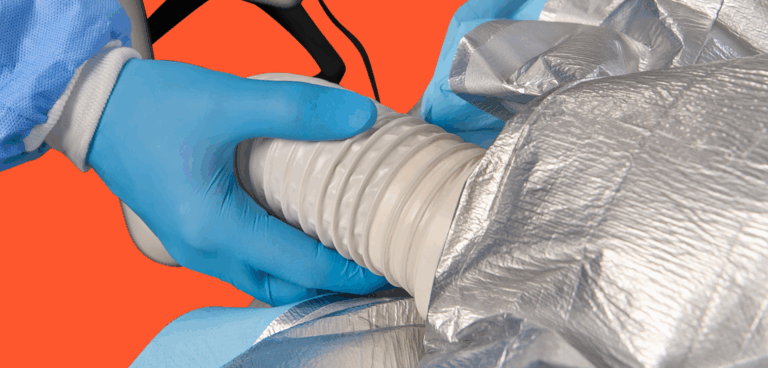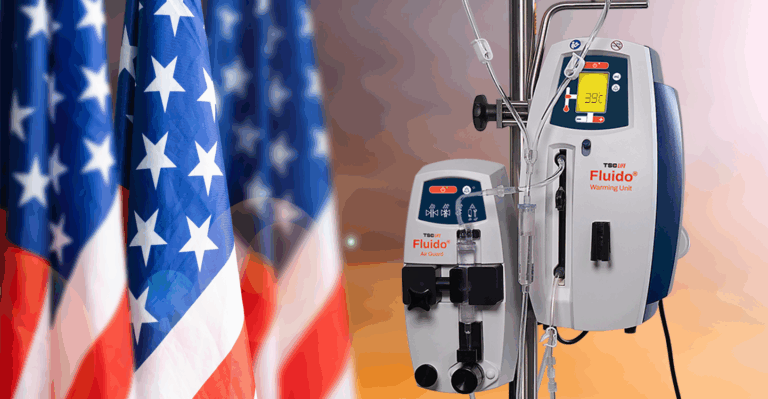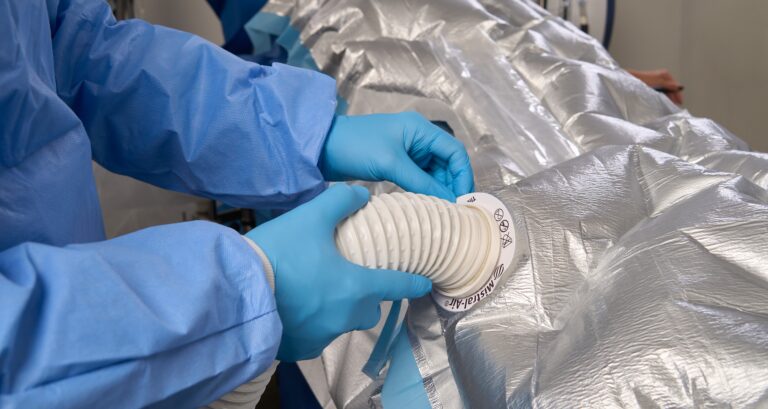The Importance of Pre-Warming: Insights from Thomas Süß – Head of Anaesthesia Nursing at Krankenhaus der Barmherzigen Brüder in Vienna

Maintaining patient normothermia—keeping a patient’s body temperature within the normal range during surgery—is a critical aspect of safe and effective perioperative care. For healthcare teams, this practice goes beyond comfort; it may impact outcomes, efficiency, and costs.
We spoke with Thomas Süß, who shared his perspective on why pre-warming and active patient temperature management should become a natural part of the surgical workflow.
Raising Awareness in the Operating Room Team
According to Thomas, the first challenge is creating awareness among the surgical team:
“For me and my team, the important thing is to make everyone aware of the problem—that the patient should remain normothermic.”
By recognizing the risks of unintended perioperative hypothermia, teams can act proactively to ensure consistent temperature management throughout the surgical pathway.
Integrating Pre-Warming into Daily Routine
Once awareness is established, the next step is making pre-warming part of the daily routine:
“You can put pre-warming into the workflow—just like you measure blood pressure every day.”
This perspective highlights the importance of normalizing temperature management as a standard of care. Pre-warming is not an extra task; it’s a vital safety measure that can be easily integrated into existing clinical processes.
Simplicity, Efficiency, and Cost-Effectiveness
For Thomas, effective solutions must be practical and straightforward:
“The products from TSC are really easy to handle. They are compact, simple, and efficient—you just push the button, and it works.”
By offering devices that are both easy to use and versatile, TSC Life supports clinicians in applying best practices with minimal effort. From pre-warming to intraoperative and postoperative use, the solutions provide continuity of care while optimizing resources.
Supporting Better Patient Outcomes
Ultimately, every member of the operating room staff should understand the value of patient warming:
“Everybody has to be aware of the problem—and we can very easily do something good for the patients.”
By embedding pre-warming into routine workflows, healthcare professionals can reduce complications, improve recovery, and increase efficiency in the OR.
Key Takeaways
- Awareness: Teams must recognize the risks of hypothermia and the importance of normothermia.
- Routine Integration: Pre-warming should be as standard as measuring vital signs.
- Efficiency & Cost: Compact, easy-to-use solutions save time and resources.
- Better Outcomes: Simple actions lead to significant improvements in patient care.
With these insights, it’s clear that patient temperature management is not optional—it’s essential. At TSC Life, we are committed to providing solutions that empower healthcare professionals to deliver safe, effective, and efficient care, every day.




